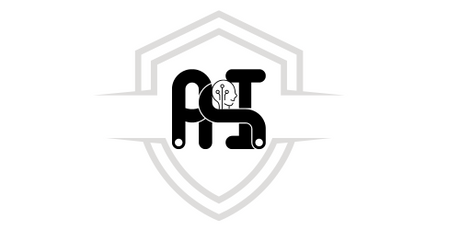We call the collective mind and hearts of a company “culture.”
It is a fact that there are different factors that affect workers' attitudes towards their work and the organization for which they work.
When conducting culture assessments, we often find that a variety of processes, mechanisms and activities related to employees' experience in the company influence how they feel.
We also found that the greatest influence on employee experience comes from the employee's direct manager.
That is why here are 5 tips that leaders at any level should keep in mind to ensure the appropriate experience for their employees and thus improve their organization's organizational culture .
Tips to improve organizational culture
1. Create and communicate meaningful values
Values are a guideline for all employees in the organization on how to behave and relate to each other, customers and society.
We advise our clients to adopt no more than 5 values, as these should be easy for employees to remember and help them understand what is really important to the company.
Leaders must not only communicate values to employees, but also explain what behaviors are expected according to each value.
This allows employees to understand what is expected of them, which reduces uncertainty and ensures that everyone is aligned on how things are done in the company.
The best way to communicate values is for the manager to lead by example. It is important to remember that values are not just for front-line staff, but apply to everyone in the company.
It is imperative that frontline employees observe their managers adhering to the values day in and day out for them to have meaning and value.
20% EXTRA DISCOUNT
Get started today and get fully certified in Organizational Development and Change Management with our course
- 100% online at your own pace
- Practical exercises
- Lifetime Access
- Certified endorsed
Apply the coupon [ATREVETE] and get an extra 20% discount for only 100 students. Click the button and join!
2. Make an appropriate selection for a better organizational culture
Managers often want to fill a vacancy quickly and forget to ask the right questions to ensure the right fit.
Managers, we suggest that experience is the key to selecting employees. However, if you want the right person, someone who will work well with their colleagues and be successful, you must ensure that the candidate fits with the organizational culture and values of the company.
We recommend asking interview questions tailored to the organization's core values as a way to get to know your interviewees better and to anticipate how they will contribute not only to their specific role, but also to the organizational culture .
We also recommend using a behavioural interview approach where candidates have to perform an activity as part of the selection process.
This takes candidates out of their comfort zone and gives you the chance to assess their behavior, rather than just asking questions.
3. Improve orientation and onboarding
About 30 percent of new hires quit their jobs within the first 90 days. New employees need to receive effective and engaging training (first 1-2 days on the job) as well as go through a well-structured onboarding process (first 90 days on the job).
It is imperative that new employees are set up for success during this time to ensure they feel connected to the job, their team, and the company.
This can be achieved by setting the right priorities from day one, making employees feel welcome from the start, implementing an orderly and efficient training program, and testing new employees' skills and understanding during the 30 and 60 days to make sure they are on the right track.
FREE DOWNLOAD
By downloading this guide to Organizational Development and Change Management, you will be able to use our Academy to manage diagnostic models, benefits, and the process of Organizational Development.
4. Enable and empower employees
Leaders must provide employees with the necessary information, the appropriate tools, the right amount of support, and the authority and power to make decisions.
Leaders must set expectations, give workers what they need to succeed, and then allow them to do their jobs without micromanaging every detail. Proper employee training and security are critical.
5. Engage employees throughout the year
Figures indicate that only 34% of employees are engaged in their work, making this a major problem.
Leaders need to engage employees, and one way to do this is by letting them know how they make a difference to the organization, as this allows them to feel connected to the company's mission.
It is important to educate workers about the purpose of the organization, annual objectives and different action strategies.
Keep employees informed about the organization's scores and progress toward goals, and involve employees in developing projects to improve the organization.
Courses that may interest you
Do you want to acquire more skills to improve the organizational culture in your company? We invite you to also learn about our courses Mindfulness and Wellbeing, Assertive Communication and Effective Communication.















